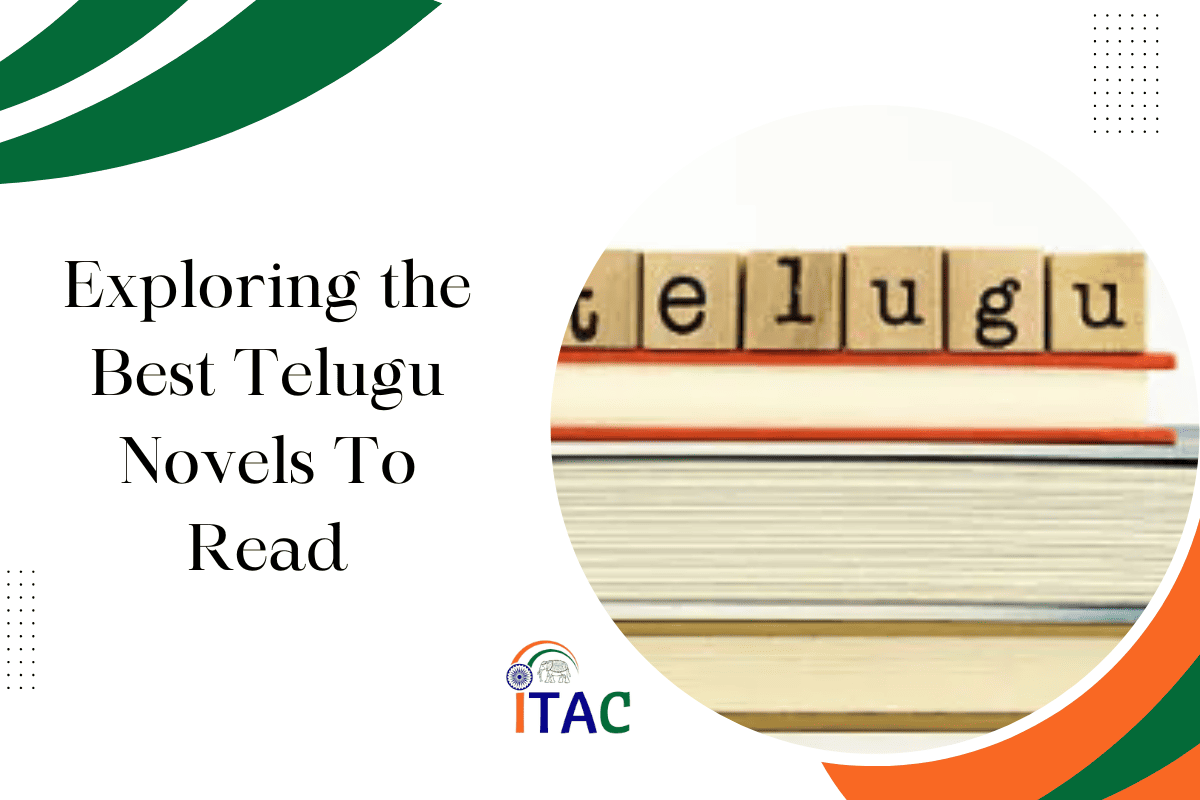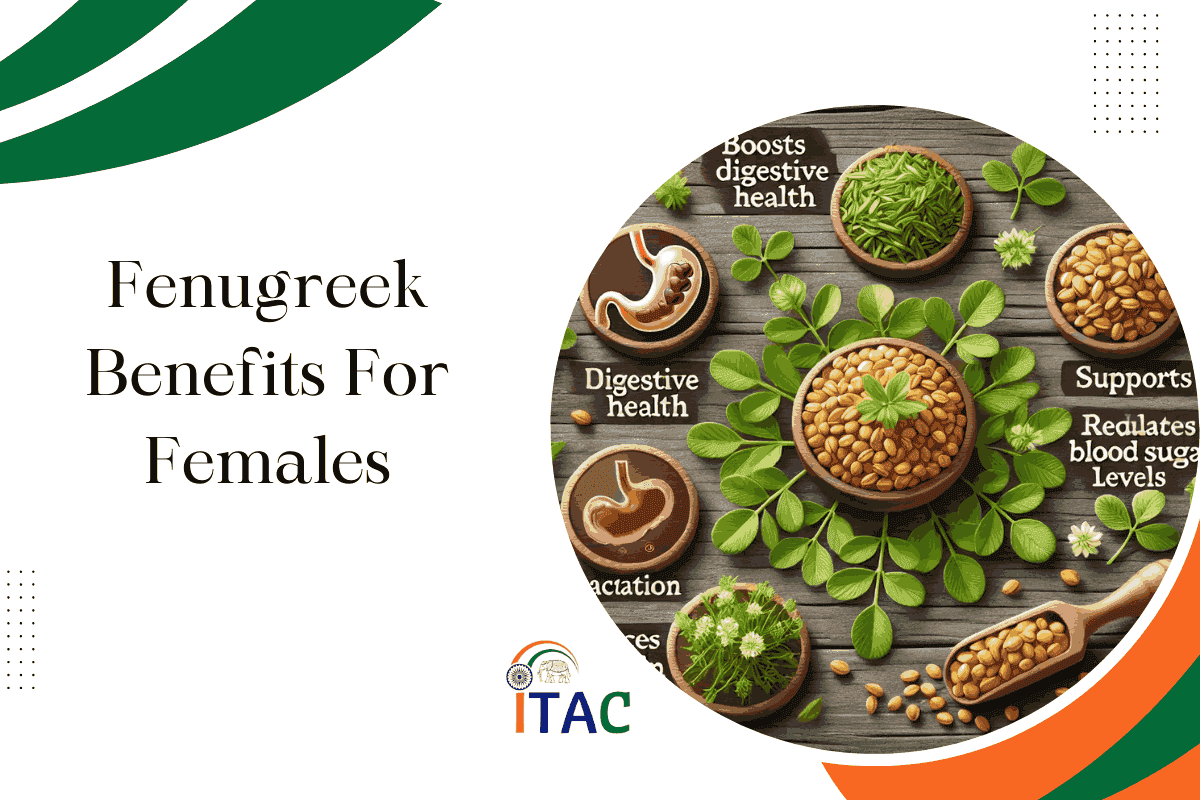“Doodhpak” is a traditional Indian dessert, deeply rooted in the culinary traditions of the Indian subcontinent. This creamy, sweet, and rich rice pudding is made with milk, rice, sugar, and flavored with cardamom, saffron, and garnished with a generous amount of nuts. Doodhpak is not just a dessert; it’s a celebration of flavors, textures, and the rich cultural heritage of India. In this blog, we’ll delve into the origins, cultural significance, recipe, and variations of Doodhpak, offering a comprehensive guide to this delightful dish.
Table of Contents
Origins and Cultural Significance of Doodhpak
Doodhpak hails from the Indian state of Gujarat, known for its rich culinary heritage that includes an array of vegetarian dishes. The word “Doodhpak” literally translates to ‘milk cooked to a thick consistency.
This reflects the area’s adherence to vegetarianism, influenced by Hinduism and Jainism, which are predominant in the region. Gujarat’s culinary traditions are known for their emphasis on flavor, nutrition, and variety, making it a treasure trove of vegetarian delicacies, among which Doodhpak holds a special place.
The name “Doodhpak” itself is evocative of the dish’s essence, with “Doodh” meaning milk in Hindi and Gujarati, and “Pak” referring to a cooked preparation or sweet dish. Thus, Doodhpak can be translated to mean a sweet dish made by cooking milk to a thick consistency. This process involves simmering milk for a long time, allowing it to reduce and thicken, and then adding rice and sugar to create a rich and creamy dessert.
Doodhpak is not just a culinary delight but also a dish with significant cultural and festive importance. It is traditionally prepared during major Hindu festivals such as:
- Diwali: Known as the Festival of Lights, Diwali signifies the victory of light over darkness and knowledge over ignorance. Doodhpak, with its rich and comforting taste, complements the festive atmosphere, symbolizing the sweetness of life and new beginnings.
- Navratri: This is a nine-night festival celebrating the goddess Durga. Doodhpak is often prepared as a prasad (a devout offering) during this time, symbolizing devotion and the richness of spiritual life.
- Janmashtami: Celebrating the birth of Lord Krishna, Janmashtami sees Doodhpak as part of the offerings made to Krishna, as he is traditionally believed to be fond of dairy products.
The preparation of Doodhpak during these festivals is not just a culinary practice but a ritual that embodies joy, prosperity, and gratitude—key themes of these celebrations. It represents joy through its sweet flavor, prosperity through the generous use of milk and nuts (ingredients considered luxurious), and gratitude for the year’s blessings and the gathering of family and friends.
Moreover, the simplicity of Doodhpak, coupled with its luxurious taste, has made it a beloved treat across Indian households, transcending the regional boundaries of Gujarat. Its ease of preparation and the accessibility of its ingredients have allowed it to become integrated into the broader Indian culinary landscape, where it is enjoyed irrespective of regional or cultural affiliations. This widespread appreciation of Doodhpak showcases the unifying power of food and its ability to cross cultural boundaries, making it a symbol of India’s rich and diverse culinary heritage.
Traditional Recipe of Doodhpak
The traditional Doodhpak recipe is a testament to the art of patience and slow cooking. Here’s a simple yet authentic recipe to make Doodhpak at home:
Ingredients:
- 1 liter full-fat milk
- 1/4 cup basmati rice, washed and soaked for 30 minutes
- 1/2 to 3/4 cup sugar (adjust to taste)
- A pinch of saffron strands
- 1/2 teaspoon cardamom powder
- A handful of mixed nuts (almonds, pistachios, cashews), chopped
- A few raisins (optional)
Instructions:
- Preparation of Milk: Start by boiling the milk in a heavy-bottomed pan. Once it comes to a boil, reduce the heat to allow it to simmer.
- Adding Rice: Drain the soaked rice and gently add it to the simmering milk, stirring continuously to prevent it from sticking to the bottom.
- Cooking: Allow the mixture to cook on a low flame. The key to a perfect Doodhpak is patience; the mixture needs to be stirred frequently as it thickens over time.
- Flavoring: When the rice is completely cooked, and the mixture has thickened to a creamy consistency, add sugar, saffron, and cardamom powder. Continue to cook for another 5-10 minutes until everything is well combined.
- Garnishing: Finally, garnish with chopped nuts and raisins. Serve the Doodhpak warm or chilled, according to preference.
You can also follow the recipes from the youtube oor cook books, here is one for your reference:
Variations and Modern Twists in Doodhpak
While the traditional recipe has its charm, Doodhpak has seen various adaptations over the years. It has inspired numerous variations and modern adaptations, making it a versatile dessert that can cater to a wide array of tastes and dietary preferences. These modern twists not only celebrate the classic flavors but also introduce new dimensions to this beloved dish, ensuring it remains relevant and enjoyable in contemporary culinary contexts.
Incorporation of Unique Ingredients
- Rose Water: Adding rose water to Doodhpak introduces a floral note that enhances the dessert’s aroma and flavor profile. This subtle addition transforms the dish into a more fragrant and refreshing version of itself, ideal for those who appreciate the delicate flavors of Middle Eastern and South Asian desserts.
- Coconut Milk: The use of coconut milk in place of traditional dairy milk brings a tropical twist to Doodhpak. Coconut milk not only makes the dish vegan-friendly but also adds a creamy texture and a slightly sweet, nutty flavor that complements the rice and sugar base. This variation is particularly appealing to those looking for dairy-free options or those who enjoy the flavor of coconut.
- Chocolate: Incorporating chocolate into Doodhpak introduces a rich, decadent element to the dessert. Chocolate can be added in various forms, such as cocoa powder, chocolate chips, or melted chocolate, creating a fusion dish that appeals to chocolate lovers. This version is a modern take that combines the comfort of traditional Doodhpak with the universal appeal of chocolate, making it a hit among both adults and children.
Vegan Variations
The rise in veganism and dietary restrictions has led to the creation of vegan versions of Doodhpak, which replace dairy milk with plant-based alternatives. This adaptation not only makes Doodhpak accessible to a broader audience but also introduces new flavors and textures to the dish.
- Almond Milk: Almond milk offers a slightly sweet, nutty flavor that pairs well with the cardamom and saffron in traditional Doodhpak. It’s a great alternative for those looking for a dairy-free option without compromising the dish’s creamy texture.
- Coconut Milk: As mentioned earlier, coconut milk not only caters to vegans but also adds a distinct flavor and richness. Its creamy consistency closely mimics that of dairy milk, making it a popular choice for vegan Doodhpak.
These variations and modern twists showcase the adaptability of traditional recipes to contemporary tastes and dietary needs. They allow for personalization and experimentation, inviting cooks to explore new flavors while honoring the essence of the original dish. Whether one prefers the classic Doodhpak or enjoys experimenting with new ingredients and flavors, these variations ensure that Doodhpak continues to be a cherished dessert across different cultures and dietary preferences.
Nutritional Value
The nutritional value of Doodhpak, a traditional Indian dessert, stems from its rich and wholesome ingredients, each contributing to the overall health profile of the dish. Let’s break down the nutritional aspects of Doodhpak, focusing on its primary ingredients: full-fat milk, sugar, and nuts.
Full-fat Milk
Full-fat milk is a key component of Doodhpak, providing the creamy base that defines the dessert. It is a significant source of several nutrients:
- Calories: Full-fat milk is calorie-dense, which contributes to the high energy content of Doodhpak. This makes the dessert satisfying and fulfilling, but also means it should be consumed in moderation, especially by those monitoring their calorie intake.
- Calcium: Milk is well-known for its calcium content, essential for bone health and the proper functioning of muscles and nerves. Incorporating Doodhpak into your diet can help in meeting the daily calcium requirements.
- Proteins: Milk is also a good source of high-quality proteins, which are crucial for body repair, muscle growth, and overall health. The proteins in milk can contribute to the satiety factor of Doodhpak, making it a filling dessert option.
Sugar
Sugar adds sweetness to Doodhpak, enhancing its taste and making it a delightful treat. However, sugar is primarily a source of empty calories, meaning it provides energy without any essential nutrients. High sugar intake can lead to various health issues, including weight gain and an increased risk of diabetes and heart disease. Therefore, the sugar content in Doodhpak is a consideration for those consuming it, especially in terms of moderation and balance in the overall diet.
Nuts
Nuts are used as a garnish in Doodhpak, adding texture, flavor, and a host of nutritional benefits:
- Healthy Fats: Nuts contain monounsaturated and polyunsaturated fats, known as healthy fats, which can improve heart health by lowering bad cholesterol levels.
- Vitamins and Minerals: Nuts are rich in various vitamins and minerals, including Vitamin E, magnesium, and potassium, which contribute to overall health and well-being.
- Proteins: They also provide additional proteins to Doodhpak, further contributing to its nutritional value.
Overall Nutritional Profile
Considering the ingredients, Doodhpak is a nutritious dessert that offers a good balance of energy, proteins, healthy fats, and essential minerals. However, due to its high calorie and sugar content, it is best enjoyed in moderation, particularly for those with specific dietary restrictions or health goals. When consumed as part of a balanced diet, Doodhpak can be a wholesome and satisfying treat that not only delights the palate but also contributes to nutritional intake.
Conclusion
Doodhpak is more than just a dessert; it’s a celebration of Indian tradition, culture, and the simple joys of life. Whether you stick to the traditional recipe or experiment with modern variations, Doodhpak promises a taste of India’s rich culinary heritage. So, the next time you’re looking to indulge in something sweet, consider the humble Doodhpak—a dessert that warms the heart and soothes the soul.










